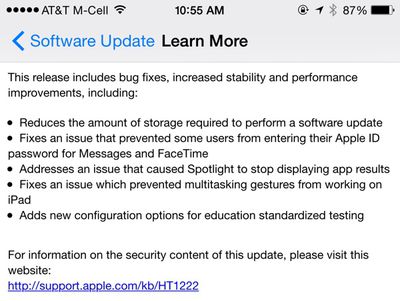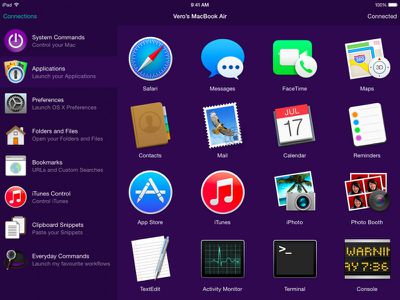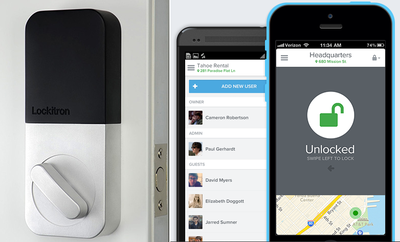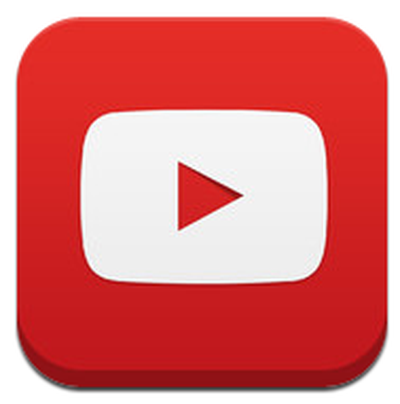 YouTube yesterday announced it has begun using HTML5 video by default for all playback on its website, marking a substantial step in its gradual move away from Flash. The company states the new default will work in most popular web browsers including Safari.
YouTube yesterday announced it has begun using HTML5 video by default for all playback on its website, marking a substantial step in its gradual move away from Flash. The company states the new default will work in most popular web browsers including Safari.
Richard Leider, Engineering Manager for YouTube, reiterated on the adaptability of HTML5 over Flash and the use of the former's capabilities beyond a simple web browser. With YouTube's extension to devices like gaming consoles, and even the Apple TV, the benefits of dropping Flash became far more apparent over the years.
Over the last four years, we’ve worked with browser vendors and the broader community to close those gaps, and now, YouTube uses HTML5 by default in Chrome, IE 11, Safari 8 and in beta versions of Firefox.
The benefits of HTML5 extend beyond web browsers, and it's now also used in smart TVs and other streaming devices.
The new shift to HTML5 will allow better video streaming in adjustment to shifting network conditions, quicker video playback, easier access to 60 FPS HD and 4K content, with updates to encrypted media extensions that will allow the service to overall be "faster and smoother."
Despite having long dominated web video and other interactive content, Flash has been under fire for years over performance and security issues. Back in 2010, Steve Jobs famously wrote an open letter, his "Thoughts on Flash," to address the ongoing controversy over Apple's refusal to support Flash on its iOS devices. After summing up a series of shortcoming of Flash, Jobs end his letter by suggesting "Adobe should focus more on creating great HTML5 tools for the future, and less on criticizing Apple for leaving the past behind."


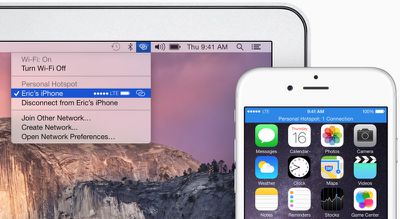
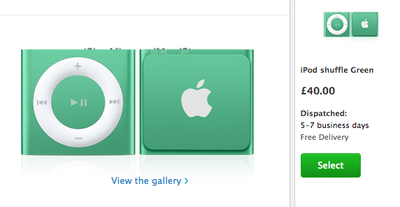
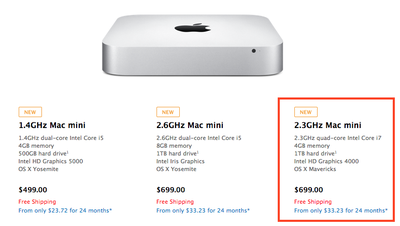
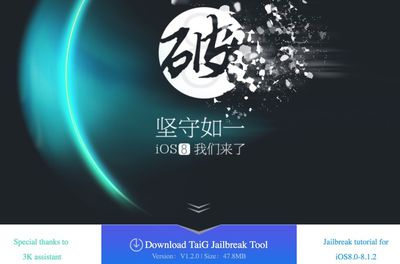
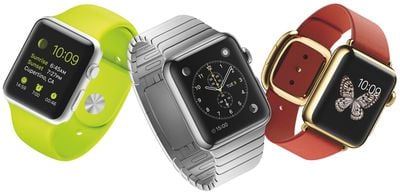
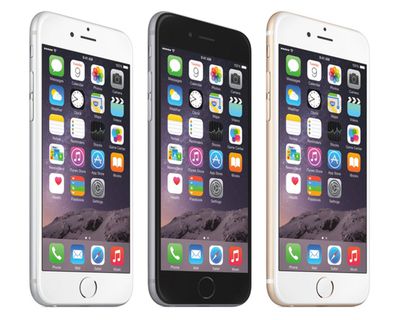
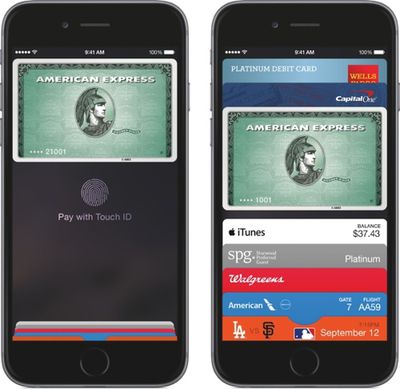
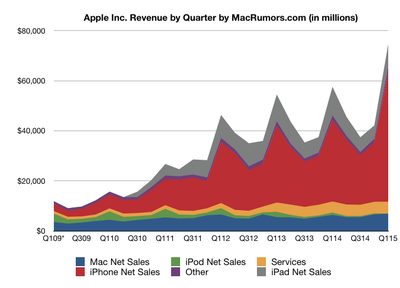
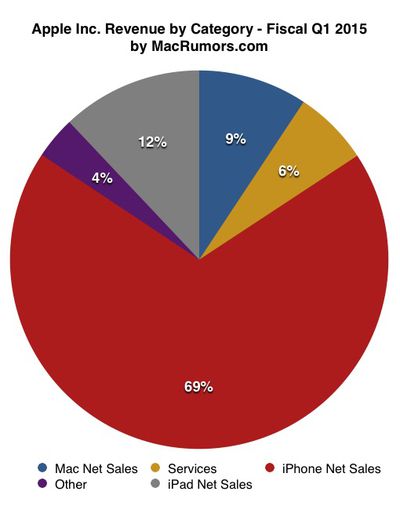


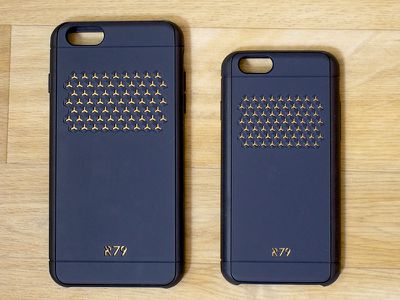 We've been extensively testing the Reach79 case on an iPhone 6 Plus for more than a week in various areas around the San Francisco Bay Area, but after several days of use, it remains difficult to conclusively say that the case improves signal in a meaningful way due to mixed test results. For a quick summary of what we found, scroll down to the "Bottom Line" section, or read on for our full results.
We've been extensively testing the Reach79 case on an iPhone 6 Plus for more than a week in various areas around the San Francisco Bay Area, but after several days of use, it remains difficult to conclusively say that the case improves signal in a meaningful way due to mixed test results. For a quick summary of what we found, scroll down to the "Bottom Line" section, or read on for our full results.